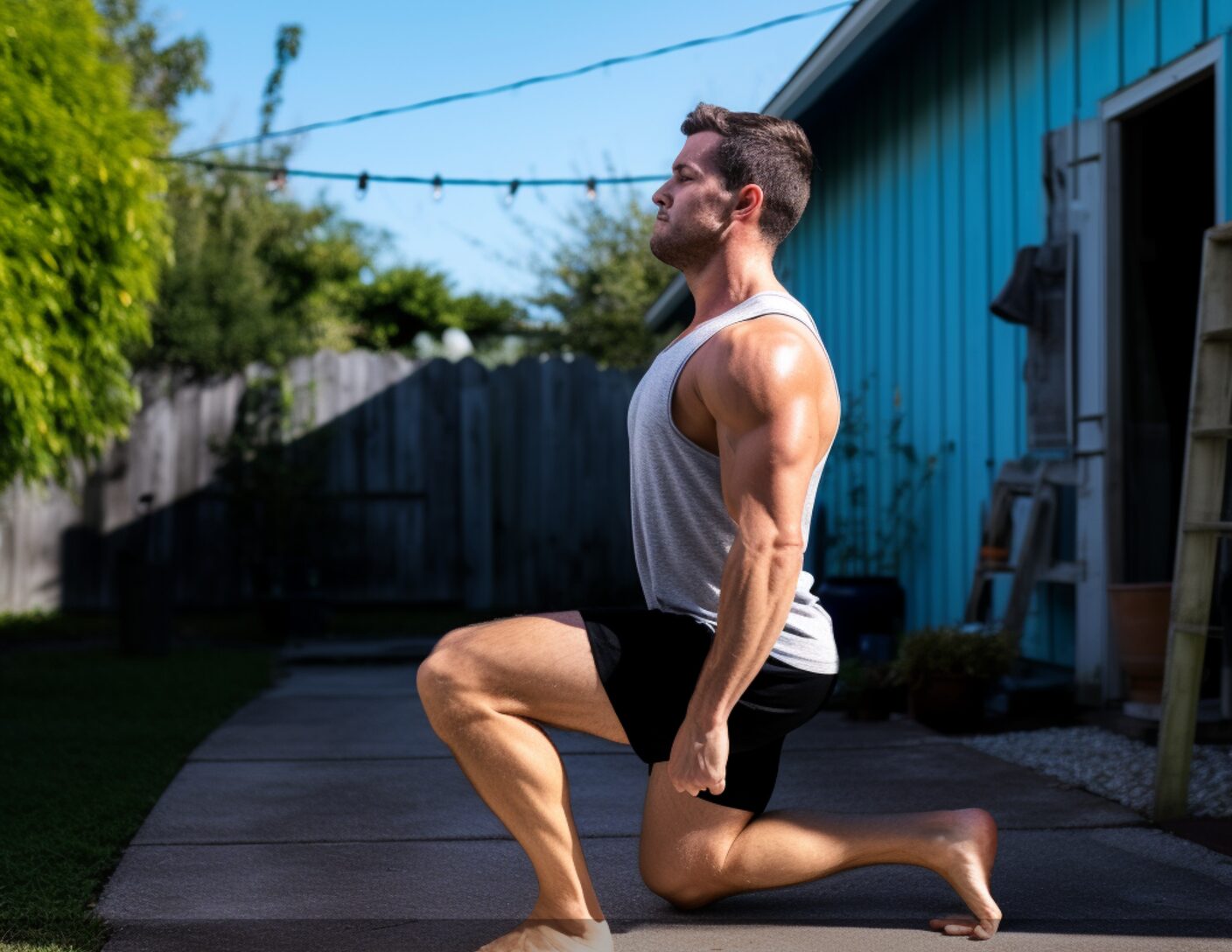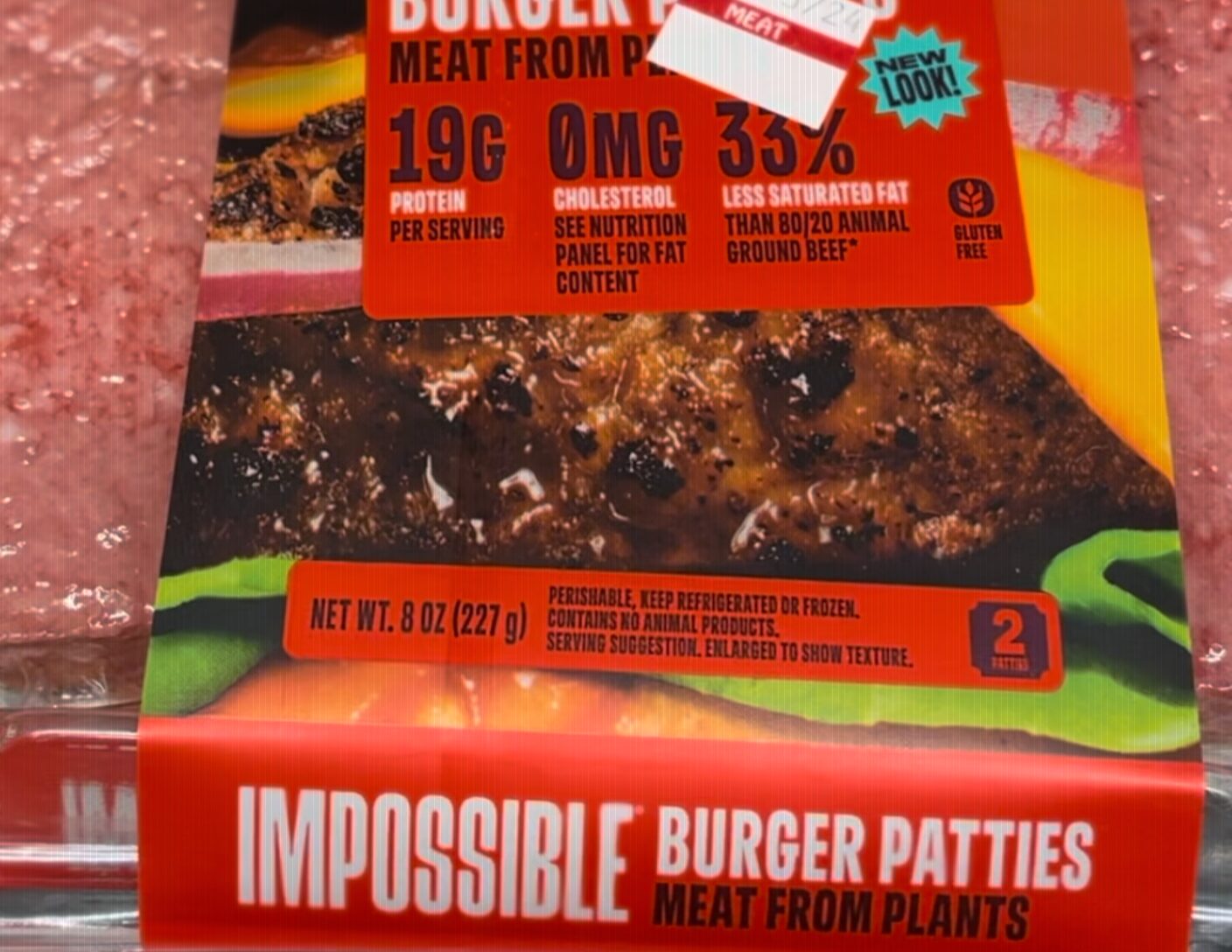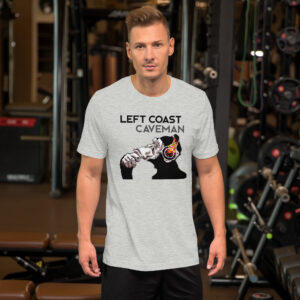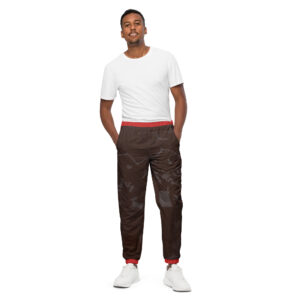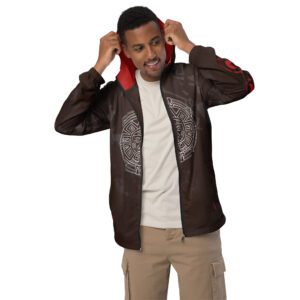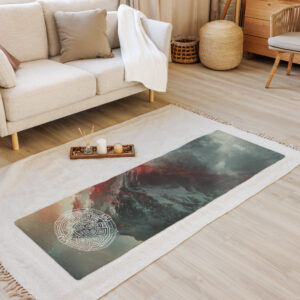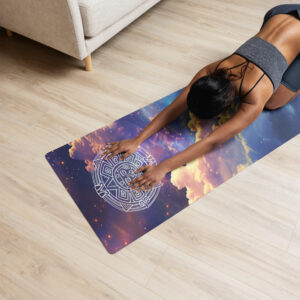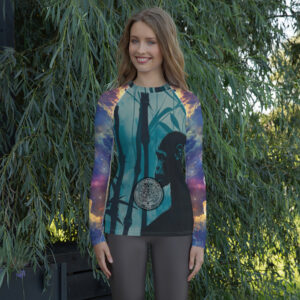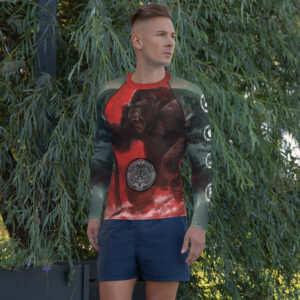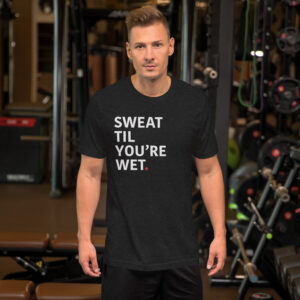Knees Over Toes Guy System Review: ATG (Athletic Truth Group) Zero phase
The venerable Knees Over Toes Guy has become a YouTube sensation seemingly overnight by featuring short and frenetic video clips on unorthodox training modalities focused lesser on the grunt oriented load based exercises, and more on novel body weight calisthenics. Interspersed within his high energy and information dense videos are clever axioms and anecdotes of supporting evidence for increasing basketball dunk performance and overarching injury proofing. Knees Over Toes Guy ATG Zero Program frames an interesting training thesis and pre-habing mind set (rehab a priori) that will challenge current training paradigms.
What initially piqued my interest was content focused on rehabbing and preventing injury (pre-habing). Having proximately come to the conclusion that many of my chronic performance injuries and sluggish post training mornings out of bed were resultant of past unaddressed injuries, subsequent synergistic compensations, and imbalances with fitness layered thickly upon. A light bulb above head brightens as I suspect past military inspired work through the pain and repeat protocols and Muscle and Fitness pseudo body building programs ripped from magazines may have been providing short term results wagered with long lasting “pain-ment”. Perhaps, Knee over toe guy provides us all with ways to escape the shackles of scar tissue and corroded cartilaged joints and enlighten us to the levity of pain free performance while possibly unlocking the cheat codes for next level performance.
After a thorough review of the how and why coupled with self experimentation, I am encouraged to share an overview of the Knees over Toes Guy ATG system and am now incorporating these modalities into warm-ups and active recovery for myself and clients. Below are the cliff notes of ATG Zero phase; their first level program focused in building base and all done without equipment. I have captured a few key ideas that illustrate the why and rational on each of the 8 exercises. For a more practical brown bag list for your workout companion, follow the link below for the Lite version for the gym.
Key Ideas From Knees Over Toe’s Zero Program
-If muscles and mobility are underprepared for load and activity, excess force will be placed on knee joints increasing chances of injury.
- Glute’s (power production) + Knees (balance) + Ankles (springs) = custody of movement
- Lack of balance & mobility = compromised strength = 2x risk of injury
- Increased stability -> thicker tendons -> less Injury
-A body’s ability to use muscles or flex (contract) at the degree they extend (lengthen). I.E during the concentric cycle of squat (straightening knees) the quads contract and the hamstrings lengthen.
-Dangers of bi-lateral focused exercises (both sides of body equally and simultaneously challenged by load): creates potential for the weaker side kinetic chain member to cause stronger side favoritism, future imbalance and injury.
-Michael Jordan’s ability of placing greater pressure on body in knee over toe position and getting lower than opponents was exceptional (amongst many things).
-Usain Bolt’s hip flexors were 3x the size of most and possibly the reason behind the largest stride in track history.
Knee Ability Zero
Body weight only; creating base with increasing strength, mobility, and insulation from injury (or rehab) progressively from foot to hip; working knee over toe positioning comforts in increments until ATG split squat introduction (pinnacle exercise). Key focus on lengthening and strengthening ankle, calfs, hamstrings, quadriceps, and hip flexors.
Warm Up
Reverse Out Knee Pain: Walk backwards with focus on knee over toe form. This will rehab / warm up the converse prime movers and synergistic musculature opposite to standard walking locomotion. 10 min.
Workout
- Tibialis Raise: Works front of shin muscle (the brakes for horizontal deceleration) and increases ankle mobility. The Tibilais is often inadequately conditioned with excess pressures overflowing and being distributed to the knee joint causing pain. Be advised that developing knee strength through general training may produce more force than lower leg can handle.
- Lean against wall with glutes touching and walk legs a few steps away keeping the knees straight. Secure a position where one can comfortably flatten feet, pivot on heels, and raise toes; progressing further out for increased difficulty. For increased progression consider wrapping one leg and converting to single leg exercise. 25 reps.
- FHL Calf Raise: (Flexor Hallucis Longus – flexes big toe) First line of defense for jump landing (vertical deceleration); stimulus to withstand more force at the knee joint and withstand excessive knee strain. Pressure is placed bi-laterally on big toes / balls of feet; stabilizes ankle when foot destabilizes. FHL Calf Raise ensures proper length tension relationships at the base, before maladaptive movement patterns occur leading to unbalanced pressures and compensation at knee junction and above. Similar to Tibialis Raise although posterior focus
- Facing the wall, lean with both hands pressing forward and back straight. Take a few steps backward to comfortable degree keeping feet flat. Pressing the toes down (primary pressure on big toes toes), lifting the heels in the air. For increased progression, consider wrapping one leg and converting to single leg exercise. 25 reps.
- KOT Calf Raise: (Knee Over Toe) Strengthening through knee over toe positioning with focus on ankle mobility foundation. The farther and stronger our ankle can bend, the more protected one is from knee injury. Strengthening the foot and increasing mobility of the ankle complex builds a base for comfortable knees over toe positioning. This exercise also targets the soleus (deeper calf muscle directly connected to Achilles tendon) and quadriceps. Similar to FHL Calf Raise, with increased focus on knees sliding forward past the toes. Forward lower body lean with counterbalancing upper body lean back challenges balance, mobility, and overall strength in position.
- Stand arms length from wall for support if necessary. Similar to FHL Calf Raise with focus on knees sliding over toes. Progress as far as knees can lower forward; heels will raise and arms hanging by side with lower towards the ground. Lower body resembles a 45 degree Z from foot to glute. For increased progression, consider wrapping one leg and converting to single leg exercise. 25 reps.
- Patrick Step: Single leg unilateral movement with KOT. Focuses on balance aspect through as single leg is challenged with body load. Knee over toe position is used when running, jumping, moving down a gradient (going down stairs or hill). The eccentric loaded feature of this exercise focuses on knee & quadricep (progressing up the kinetic chain). Building off the KOT Calf Raise, body will go from bi-lateral to uni-lateral. This movement will increase demands on KOT strength, balance, and ankle mobility.
- Start in KOT Calf Raise position and extend one leg straight forward and slightly angled downward. As the opposite leg squats down (ROM is knees over toes here), extend the heel forward and touch the ground. 25 reps each side.
- ATG Split Squat: Pinnacle Exercise; all previous exercises prepares the body for this evolution. Balancing and strengthening unilaterally through the split squat; opening up the low body through full activation of strength through length (progressing up kinetic chain adding hip flexor demand. Focus on evenly stretching the hip flexors and reversing tightness. Helps with posture; run faster, and injury proof knees.
- Start in a a split lung position; Degrees of forward backward leg separation and position will depend on body type, flexibility, & mobility. (From both legs shoulder width standing, take a large step forward with single leg seeking KOT, rear leg will naturally lower as front knee slides forward over toes) Front leg will lean into a KOT position with aim of same leg’s calf touching hamstring (heel may lift). Rear leg will seek knee to lower just above floor; weight distributed heavily on ball and toes her (FHL conditioned). Upper body will straighten in upright position. If done correctly, one should feel an incredible stretch in the hip flexor. 5 sets of 5 each leg. 30 sec rest between each leg’s sets.
- Elephant walk: Ensures flexibility of hamstring does not rob strength of quadriceps. The tighter the hamstrings the lesser ability to contract the quadriceps through full range. Length tension relationships can limit mobility and contraction efficiency of muscle.
- Begin in a quadruped position similar to downward dog with palms on floor and pressure on balls of feet upon ground. Flex the quadriceps a press heel down (stretch being felt in hamstring) one at a time alternating. 30 reps per leg.
- L-Sit: Strengthening the hip flexor. Arguably a more actionable core mover not often prioritized. As the legs gain musculature from this protocol, strengthening the hip flexor will keep the body balanced in ability to lift the “heavier” legs (keeping speed for running or other athletic action).
- Start in seated L position; 90 degree between legs stretched in front and upper body. Place palms on the side of each leg slightly forward with upper back rounding. Alternate lifting one leg at a time holding for 2 seconds each. This can be progressed to lifting both legs off ground and holding. Progressed further to lifting glutes and entire lower body off ground only being supported by palms. Last progression may require going back to 90 degree L sit. 60 seconds total.
- Couch Sit: Stretching through the hip flexor and quadriceps. Tight hip flexors alter length tension relationships and compromises posture causing low back pain. Tight quadriceps put more stress / pull on knee cap patellar tendon causing low knee pain. Tightness on these anterior chain muscles create a less efficient muscle contraction and resultant movement from antagonistic muscle groups of the posterior chain Focus on developing length (stretching) for most proper contractibility (actin myosin cross bridges get a deeper bite and stronger contraction / force production).
- Start in kneeling split squat position with rear leg’s knee on ground, tibialis flat against the couch in 90 degree relative to ground, and hamstring touching calf. From leg is in KOT position and upper body to a 90 degree with said lunged leg. Hips can be thrust forward accompanied with strong stretch sensation in hip flexor and quadriceps. 60 seconds per side.

